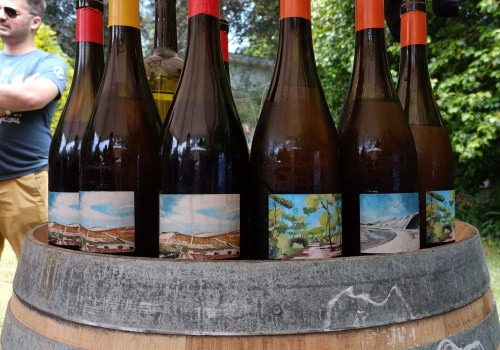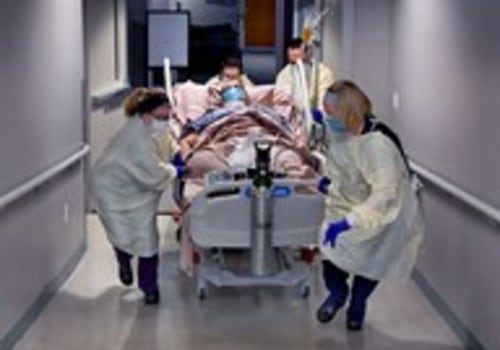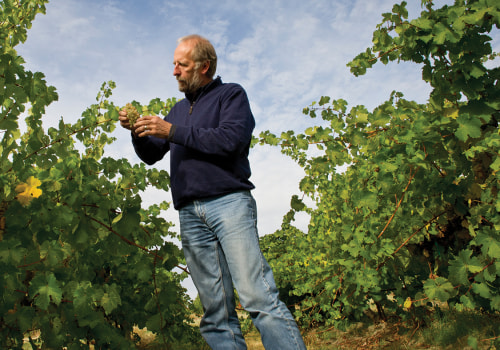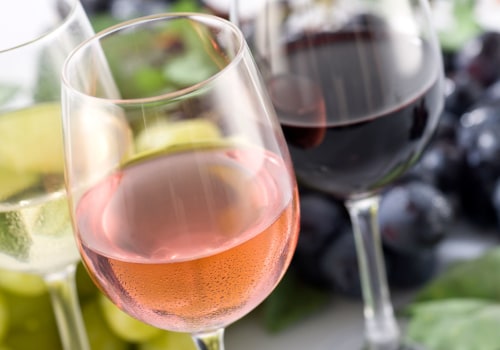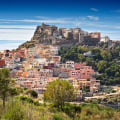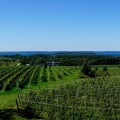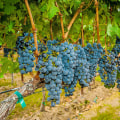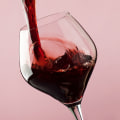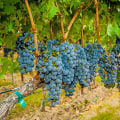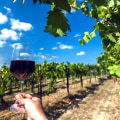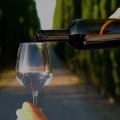The production of wine has been a long-standing tradition in many parts of the world, and northwestern Louisiana is no exception. In the early days, the main production of wine was moved to the Sonoma Valley in Northern California due to its ideal climate for growing grapes. General Mariano Vallejo, former commander of the Sonoma prison, was the first large-scale viticulturist in the area. In 18ston, Agoston Haraszthy purchased 2.1 km (520 acres) near the Vallejo vineyards and planted his vines on dry hillsides without irrigation.
This method of rain-fed agriculture has since been recognized as a superior way to produce quality wines. Ken and Akiko Freeman had been searching for a vineyard and winery on a hillside for years where they could produce pinot noir and chardonnay for cold climates. Eventually, they found a 4-acre winery near a redwood forest in Sebastopol, Sonoma County, about 50 miles north of San Francisco. The area's foggy mornings and daily temperature range of 50 degrees help to preserve the complexity of the delicate grapes. Wine is created when yeast consumes grape sugar and converts it into ethanol, carbon dioxide, and heat. In the 1970s and 80s, California wine producers in the northern part of the state experienced success that attracted foreign investment from other wine-growing regions, particularly from Champenois in France.
Research conducted at the University of California at Davis and some state universities in New York also helped to develop new methods of wine production. In 1629, New Mexico wine was first developed, making it the oldest wine-producing region in the United States. By 1680, Mission grapes were already being grown for California wine. The Rio Grande Valley has been making wine for 400 years since the arrival of the Spanish, making it the oldest wine-growing area in the country. Franciscan missionary Junípero Serra founded the first important vineyard and winery in 1769 near San Diego. For an AVA (American Viticultural Area) to appear on a wine label, at least 85% of the grapes used to produce the wine must have been grown in that AVA.
Many talented winemakers had died, vineyards had been abandoned or replanted with poor quality grapes, and Prohibition had changed Americans' taste for wine. It's Americans' obsession with food and cooking shows and celebrity chefs that seems to inspire people to venture into the world of wine to learn more about what to drink with what they eat. More than 50 graduates are part of a group of former students from the Kellogg School of Management in the San Francisco Bay Area that meets twice a year to discuss the latest news about the wine business and share good wines. He wrote Report on Grapes and Wines in California, a manual on vineyard management and winemaking procedures in which he urged experimentation with different grape varieties in different soils and different parts of the state. He says they showcase their white wines during the Spring Wine Festival and their red wines at a similar festival in September. After the Paris Trial, wine appreciation spread rapidly in the United States. This was due to research conducted by Quinton Jay, managing director of Bacchus Capital Management - a San Francisco private equity firm specializing in the wine industry.
